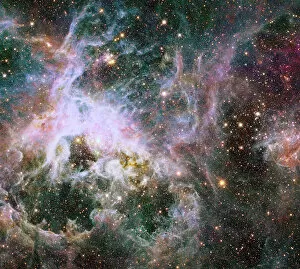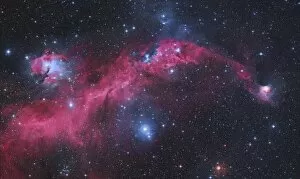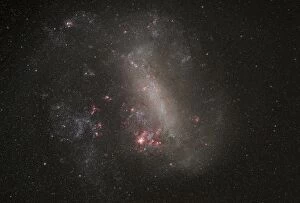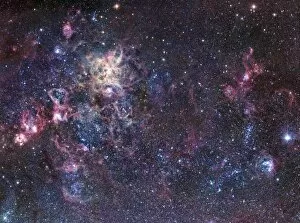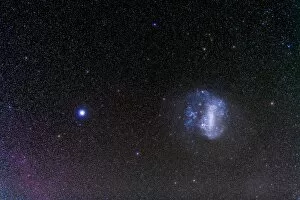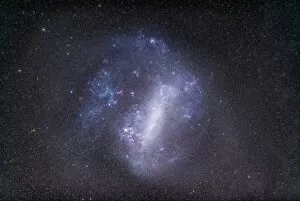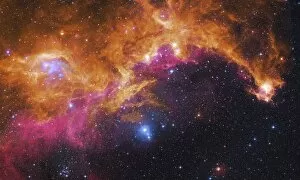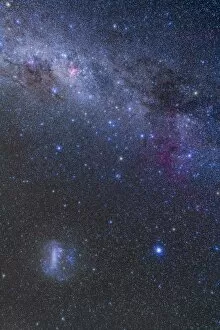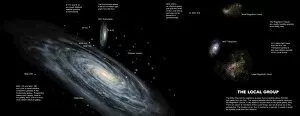Large Magellanic Clouds Collection
The Large Magellanic Cloud, a satellite galaxy of the Milky Way, is a breathtaking celestial wonder that never fails to captivate astronomers and stargazers alike
For sale as Licensed Images
Choose your image, Select your licence and Download the media
The Large Magellanic Cloud, a satellite galaxy of the Milky Way, is a breathtaking celestial wonder that never fails to captivate astronomers and stargazers alike. With its stunning array of nebulae and star-forming regions, it offers a glimpse into the mesmerizing beauty of our universe. One such captivating sight within the Large Magellanic Cloud is IC 2177, also known as the Seagull Nebula. This ethereal formation showcases intricate patterns resembling a soaring seagull in flight. Its vibrant colors and delicate tendrils make it an enchanting subject for astrophotography enthusiasts. Another awe-inspiring feature in this galactic neighbor is the Tarantula Nebula, where stars are born amidst swirling clouds of gas and dust. The Tarantula Nebula's immense size makes it one of the most active star-forming regions ever observed. Its sheer magnitude can be appreciated through widefield views that capture its grandeur against the backdrop of space. In close proximity to these wonders lies Canopus, a bright star that illuminates the Large Magellanic Cloud with its radiance. Canopus adds an extra touch of brilliance to this already dazzling spectacle. Amongst all these cosmic marvels resides R136, a stellar nursery nestled within the 30 Doradus Nebula. Here, new stars emerge from colossal clouds of gas and dust, creating an otherworldly scene reminiscent of science fiction movies. Not limited to just one galaxy alone, even its smaller counterpart -the Small Magellanic Cloud- boasts NGC 602; a starforming complex that showcases nature's artistic prowess on both grand and minuscule scales simultaneously. As we gaze upon these remarkable sights in visible light or through infrared composites like IC 2177's composite image reveals hidden details otherwise unseen by human eyes - we are reminded once again how vast and magnificent our universe truly is.

